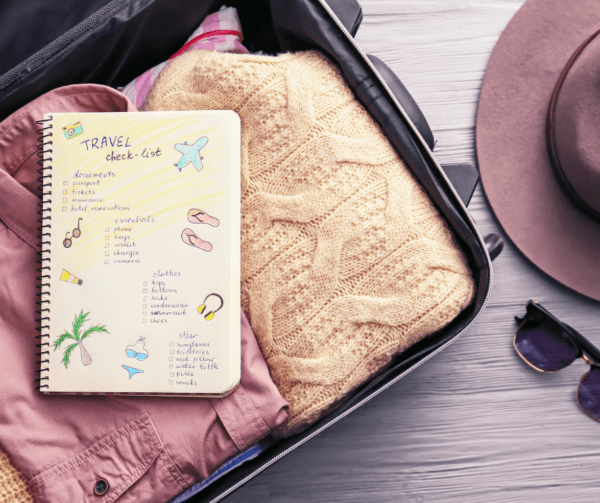Why Hire a Professional to Clean Your Drains in canada?
It is recommended that you hire a plumber to clean your drains at least once a year. Here are the top reasons why you should leave it to the professionals instead of trying to DIY it. Get Rid of Clogs Once and for All Oftentimes when you try to deal with a difficult clog yourself, you just end up moving it or breaking it up a bit, which means the same blockage will probably cause a clog again soon. And again, and again. Professionals have the equipment required to completely remove a blockage from your pipes, so you don’t end up just moving it around and having to deal with the same clog over and over again. Don’t Damage Pipes Many people immediately reach for liquid drain cleaner to deal with clogged drains around the home, but this is actually harmful to your plumbing system. Store-bought drain cleaners are made using corrosive chemicals which eat through troublesome clogs, but the problem is these corrosive chemicals also eat through your pipes eventually, resulting in leaks and water damage. Professionals will use special equipment to clean your drains and remove blockages without damaging your pipes. Check for Other Problems Generally, if you’re DIYing your drain cleaning, you just clear the blockage and continue on, with no information of what the blockage was or why it got stuck. When you hire professional drain cleaners, they will fully inspect the blocked-up drain and can let you know what caused it, whether there are structural problems with your plumbing system, and more information that can help you prevent repeated clogging issues. Get Rid of Nasty Odours If you’re noticing unpleasant smells emanating from your drain, it’s time to call in the professionals for a thorough drain cleaning. These odours could be caused by a number of things, from old food trapped in your pipes to a problem further down the line such as intruding tree roots causing a sewer backup. Our plumbers will inspect your system to determine where the foul smell is coming from and how to get rid of it for good. Do your drains need some help? Trust HiTech Services Group for thorough and efficient drain-cleaning services.










